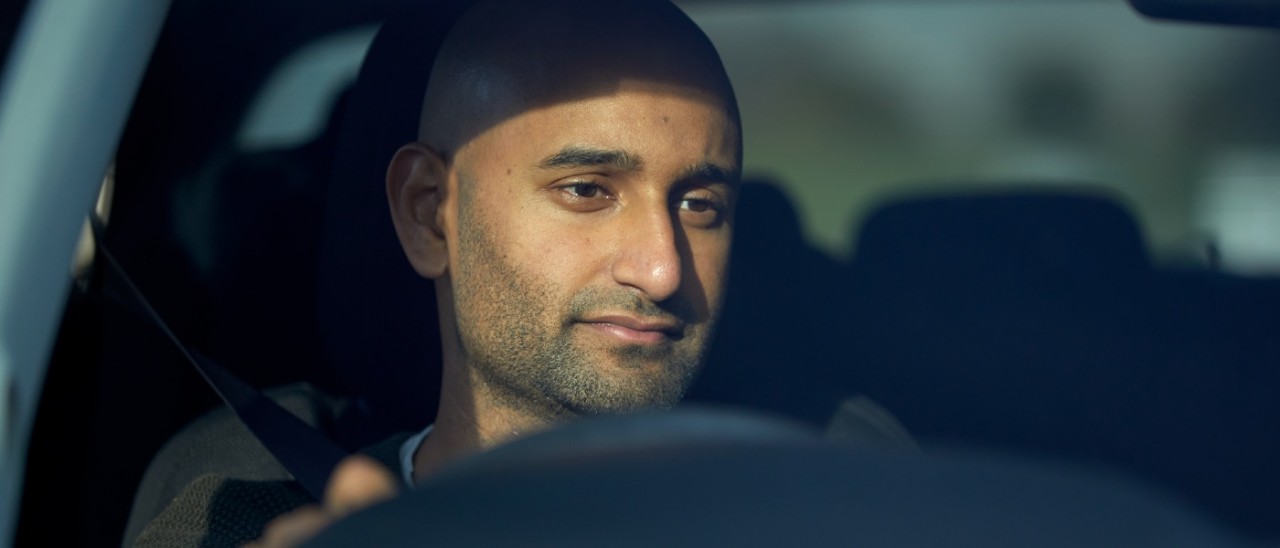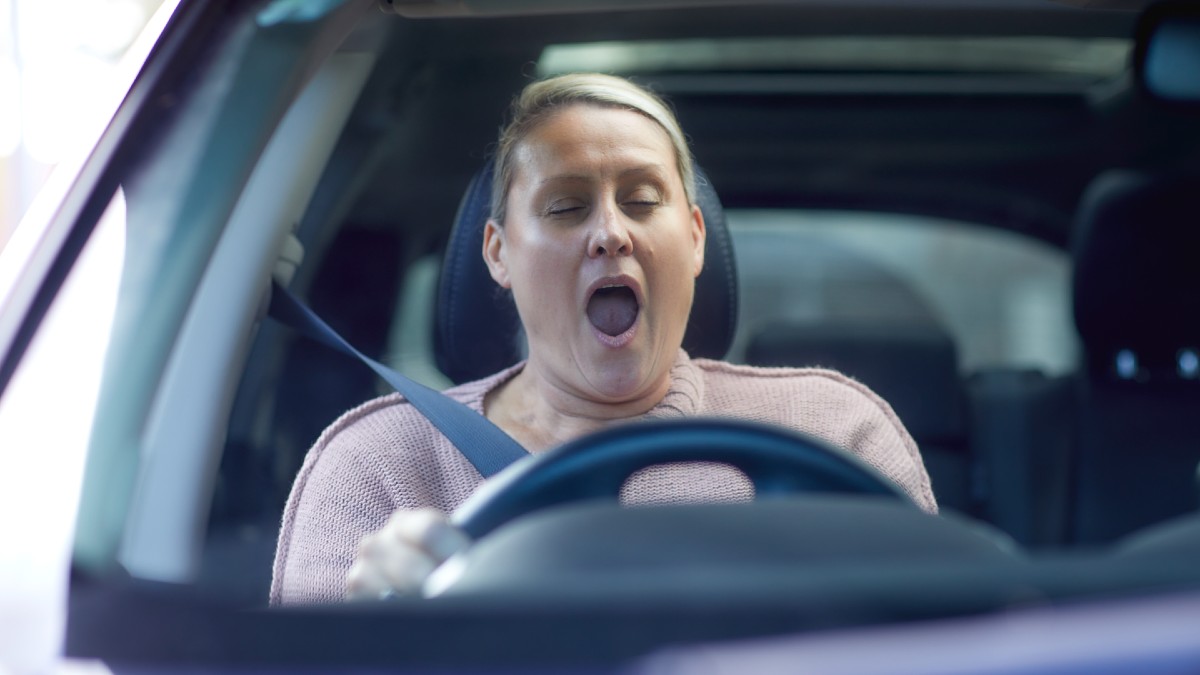Among the most commonly misunderstood rules are those surrounding keeping left, merging, and overtaking. Here's a breakdown of what every driver should know about these essential road rules.
How fatigue affects your driving: recognising and reducing the risks

Driving while fatigued can be as dangerous as driving with a BAC of 0.05 or higher. Learn to recognise fatigue symptoms and the steps you should take to ensure you and other road users stay safe.
Driving fatigued is a common issue in Victoria. A Transport Accident Commission (TAC) in 2024 found 60 per cent of respondents had driven while moderately tired, while 21 per cent had driven while "very tired" (defined as struggling to keep their eyes open) in the previous 12 months.
The risks of driving fatigued are real and can be deadly, with the TAC reporting that fatigue is a contributing factor in up to 20 per cent of all road crashes in Victoria.
“Drivers need to make the connection that sleepiness or drowsiness when driving, which many of us are likely to experience, does have significant potential to kill on our roads,” says RACV Driver Education and Development Manager Silvia Morris.
The effects of fatigue are so severe in fact that driving after 17 to 19 hours without sleep is the same as getting behind the wheel with a blood alcohol concentration of 0.05. If you stay awake a whole day, your ability to drive is the same as having a BAC of 0.1.
“If you are feeling sleepy, don’t drive until you have slept,” Morris says. “If you have not had enough sleep or are feeling exhausted after a long shift at work, you could ask someone else for a lift, take public transport, or use a taxi, or rideshare service.”
In this article
What is fatigue and what causes it?
Fatigue is a feeling of tiredness that affects your ability to concentrate, increasing your risk of dangerous driving and collisions.
There are two types of fatigue.
- Drowsiness: Fatigue caused by drowsiness is caused by not enough sleep. This could be because you've been awake too long, are driving at a time you'd usually be sleeping, or due to medication.
- Weariness: Weariness is fatigue caused by long, repetitive physicaly or mental tasks. Driving for long periods of time - even if you've had a good night's sleep - can result in weariness.
Anyone can experience fatigue, but drivers aged 18 to 25, shift workers, and drivers with sleep disorders are at highest risk.
The physical symptoms include trouble keeping your eyes open, an inability to stop yawning, and daydreaming.
Fatigue can even cause microsleeps - a condition where you fall asleep for between two and 20 seconds, meaning you're driving unconscious during this time and unable to react to changing road conditions, hazards or other motorists. For example, if you fall asleep for just four seconds while driving at 100km/h you and your vehicle will travel 111m uncontrolled.
Being fatigued also impedes your driving ability, causing drifting, slow reaction times and variations in speed.
What to do if you notice fatigue while driving
If you start to notice the symptoms of fatigue, pull over as soon as it’s safe to do so.
The only solution to fatigue caused by drowsiness is sleep. Even a 20-minute powernap can improve fatigue in the short term, allowing you to safely arrive at your destination or somewhere you can rest properly. Broadly speaking, sleeping in your vehicle is legal within Victoria (just make sure you lock your doors first), but some councils have by-laws preventing it in certain locations.
“After your nap go for a walk for 10 minutes to help you wake up,” says Morris. “If you nap for longer than 20 minutes you might fall into a deep sleep and wake up feeling groggy, so it is a good idea to set yourself an alarm for 20 minutes.”
Playing loud music, opening the windows, and turning on the air conditioning will not combat fatigue.

If you start to experience the symptoms of fatigue you should pull over as soon as it's safe to do so. Photo: Matt Harvey.
Long distance driving and fatigue
Fatigue is often thought of as a long-distance driving issue. In reality, fatigue can affect drivers whether they’re driving 5km, 50km or 500km, with the TAC advising that driving itself isn’t usually the cause of fatigue.
However, it’s still vital to take steps to minimise fatigue when driving long distances, as this helps combat fatigue caused by weariness. RACV recommends a 15-minute break every two hours while driving – you can even plan your pitstops via the VicRoads interactive rest area map. There are also plenty of interesting places to stop if you’re travelling along Australia’s mighty Hume Highway.
During busy holiday travel periods, Driver Reviver stops also operate across the state. This volunteer-run initiative has been running for more than 30 years, providing 180 sites across Australia where motorists can take a break from driving and enjoy a free hot drink and biscuit.
“If you have a long drive planned, make sure you have had a good night’s sleep before you start driving,” Morris says. “If it is possible, you should also share the driving with someone else.”
While not directly related to fatigue, you can help minimise distractions and keep the kids entertained on long trips with car games or by playing the ultimate Australian road trip playlist. Before setting out make sure your car is prepared for a long journey as well.
The new car tech helping combat fatigue
Selected car manufacturers have started implementing driver attention monitoring (DAM) technology in vehicles, including systems that monitor eye and facial movements, vehicle position and steering for signs that the driver may be fatigued.
Major car brands that use drowsiness detection tech include Ford (introduced in 2011 with the Ford Focus), Kia, Mazda, and Subaru. Models at the forefront of commerically available DAM tech include the 2026 Subaru Forester (which features a graduated alert system that will slowly bring the vehicle to a stop if there is no input from the driver) and the 2026 Hyundai Ioniq 9 (whose seats can begin massaging you after you've been driving for 30 minutes).
While increasingly advanced modern car safety tech can help reduce or alert motorists to fatigue, they have limitations, can cause driver distraction, and should not be overly relied upon.
The information provided is general advice only. Before making any decisions please consider your own circumstances and the Product Disclosure Statement and Target Market Determinations. For copies, visit racv.com.au. As distributor, RACV Insurance Services Pty Ltd AFS Licence No. 230039 receives commission for each policy sold or renewed. Product(s) issued by Insurance Manufacturers of Australia Pty Ltd ABN 93 004 208 084 AFS Licence No. 227678.


